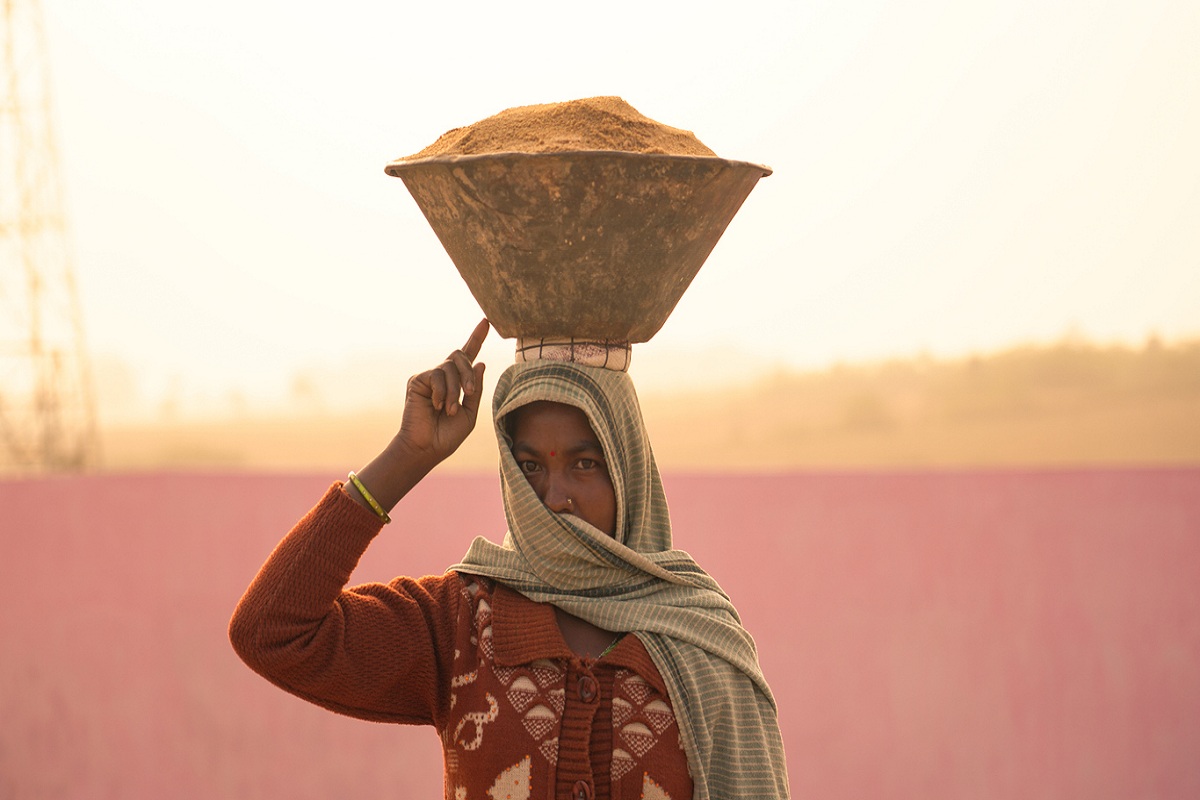Contrary to claims of women empowerment by the government agencies, the participation of women under the Mahatma Gandhi National Rural Employment Guarantee scheme continues to be on a lower side in comparison to men in the coastal State for three consecutive financial years, according to a joint study- MGNREGA Employment in Odisha- LibTech India and Foundation for Ecological Security and Right to Food Campaign.
However, the trend is positive with the highest proportion of women persondays (46%) generated in FY 2021-22. Further, the percentage of women persondays, even though lower than many other states, is above 33% as mandated by the Act, the study said.
Advertisement
The number of persondays in the State has however declined in 2021-22 FY with a fall of 5.3%. While 19.7 crore persondays were generated in 2021-22 financial year, there was an increase of person-days from 11.1 crores in FY 2019-20 to 20.8 crore in FY 2020-21.
The persondays generated declined in 25 out of 30 districts in the current year (2021-22) as compared to last year (2020-21). Only five districts – Malkangiri, Angul, Kandhamal, Koraput, and Ganjam – recorded an increment in employment generated in the year 2021-22. Among these 5 districts, Ganjam recorded the highest increase in persondays generated with an increase of 24%. It is also the district with the highest number of persondays at 299 lakhs.
While Ganjam is the best performing district in terms of average persondays (75) and percentage of households completing 100 days, the average wage per day (Rs. 143) earned by the workers is the lowest in the district.
The study found wide variations in employment generated across the districts. While seven districts have an average employment of above 60, an equal number of districts have an average employment of less than or equal to 40.
While workers in most districts received the notified wage rate, wage earners in Bargarh, Bolangir, Kalahandi, and Nuapada received more than the notified wage rate.
This was the result of a top-up of Rs. 71.3 for NREGA workers in 20 blocks by the state government, over and above the wage rate notified by the Centre. The top-up was aimed at combating distress migration in these districts. The state govt also announced 200 days of employment in a year in those 20 vulnerable blocks.
With the pandemic and reverse migration caused by the lockdown, MGNREGA acted as a lifeline and helped thousands of workers to earn a livelihood. The top-up provided by the state government in certain districts further augmented the wages earned by the workers. On the other hand, there has been an increase in material expenditure, which has led to an increase in the overall expenditure. Rejected payments are a major challenge in Odisha due to technical errors and lack of administrative monitoring, the study pointed out.











